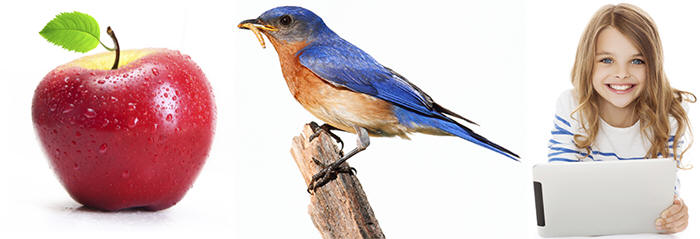See this video on Youtube:
Article Chart

The lesson teaches students how to use articles correctly in English. Specifically, it deals with count (singular and plural) and non-count (uncountable) nouns as well their usage in various situations: specific, non-specific and general. It provides information and grammar practice to help both teachers and students. See the chart and explanations below.
See this video on Youtube:

| Specific (This one, that one)
(This/that group) Which one? Which ones? |
Non-Specific Any one
Any group One of many One of many groups |
Generic In general | ||
| Count Singular | The apple
The bird The child |
An apple
A bird A child |
** | |
| Count Plural | The apples
The birds The children |
Some apples
Some birds Some children |
Apples
Birds Children |
|
| Non-count | The water
The information |
Some water
Some information |
Water
Information |
Specific articles are used with nouns which have been identified previously. (The speaker and the listener both know which thing/person/substance/idea is being referred to.)
(Both listener and speaker know which teacher and which stairs.)
Non-specific articles are used with nouns that have not been identified previously (by both the speaker and the listener.) They are used with items that have not been singled-out yet. (Note: As soon as the items are identified, they require a specific article.)
Non-count and plural nouns are used without articles in the generic sense.
*However, singular count nouns cannot stand alone in a sentence, so an article (usually a or an) is used.
If you have questions or comments about this page, please contact us.